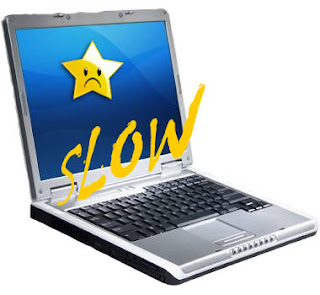- Is it their education?
- Is it their intelligence?
- Is it their integrity?
- Is it because they are lucky?
- Is it because they are well connected to the right people?
Sunday, August 23, 2009
What makes a successful person?
Saturday, August 22, 2009
Some 2008 Thoughts
Partially in Charge
You have NO control over certain things that happen or unexpected occurrences that manifest in your life. But you can take CHARGE of them before they do and lead those to you suit what you have been divinely wired to do. We have ALL the power of determine how we react to things that present themselves in our lives - which is good but LEADING THE SITUATION means being proactive to situations that occur in our lives. This means thinking ahead, visualizing the possible scenarios and taking advantage of them in the wisest and most productive way possible even before they occur.
No one deserves to lead another until he is a master of his self. Self mastery is a lost trait in this age. Charisma seems to the in thing. It is now all about the outward – the without but all through the ages the most powerful leaders were not those that held military powers or initially held offices but those who first of all mastered themselves –Jesus Christ, Mahatma Ghandi, Nelson Mandela. This single act led to a demand for them to take public offices.
OUR UNIVERSE
God is the maker of all things – seen and unseen. In him all things exists. Without him was not anything made that was made. We live in a universe that is all encompassing. It is made of energy. It keeps expanding every second. In the universes are billions of galaxies; in the galaxies are billions of solar systems; each solar system has its own planets, meteors and moons; within each planet are the physically visible but not necessarily physical beings like us and at the microscopic levels are the atoms and electrons and in the nano realm is nothing but energy vibrating.
ORDER
We live in a planet that is based on order. Even at a microscopic level, things that we consider random are highly orderly activities. At the subatomic level, order exists there also. The order here is even similar to the arrangement of our solar system. The planets are so orderly in their movements that scientists have calculated the equations that accurately describe their movement in orbit.
If we live in such an orderly season universe, it is safe to conclude that if we are out of alignment with order I n our lives, we cannot live fully productive lives.
Order is different from routine. Your routine is your habit – the things you do regularly. Order depicts a higher ideal. It is related to a hierarchy. It is encompassing. Everything in the universe is in order and to be out of sync is to be breaking ranks.
DISCPLINE
Military might is based on order and the discipline to carry them out or follow them. Anything outside is treachery.
Leading any situation is based on the discipline of self. You have to be able train yourself in the art of stillness.
QUOTE OF THE POST
"The wise will increase in learning" - Proverbs
Thursday, August 20, 2009
Faster Computer 3
Tuesday, August 18, 2009
Faster Computer 2
Thursday, August 13, 2009
Faster Computer
 My Notes -
My Notes -
